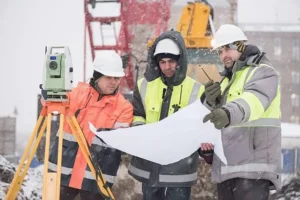A groundbreaking study reveals a significant gap between Alaska’s childcare subsidies and the actual cost of care. The state previously relied on a market-based survey to determine subsidies. But this new study takes a more comprehensive approach, factoring in all expenses involved in providing care.
The report shows that monthly costs for licensed centers range from $1,785 for infants to $1,250 for preschoolers, with home-based centers averaging $911 per child. However, these costs vary greatly depending on the region, with rural areas facing higher expenses due to utility and transportation costs.
This disparity leaves many families struggling to afford care, even with state assistance. The average gap between subsidies and actual costs ranges from $766 to $360 monthly. Low-income families are particularly affected, as they cannot afford the additional expenses.
Alaska’s childcare sector is in crisis due to low wages, limited availability, and high costs. Half of families report that care costs prevent them from fully participating in the workforce. The recent passage of Senate Bill 189 aims to address this issue by expanding assistance eligibility and increasing funding.
Advocates welcome the new law and funding but emphasize that more support is needed. Stephanie Berglund, CEO of Thread Alaska, notes that the study’s findings will help inform strategies to strengthen the sector and improve affordability.
The governor’s childcare task force is working on recommendations to stabilize the sector, including wage subsidies for workers and subsidies for unlicensed providers. However, members caution that increasing subsidies could raise tuition costs for non-assisted families.
The task force will finalize its recommendations soon, aiming to improve access to quality care for working families. With this study and new legislation, Alaska is taking steps toward addressing its childcare challenges.
This news story was originally published by Anchorage Daily News.











